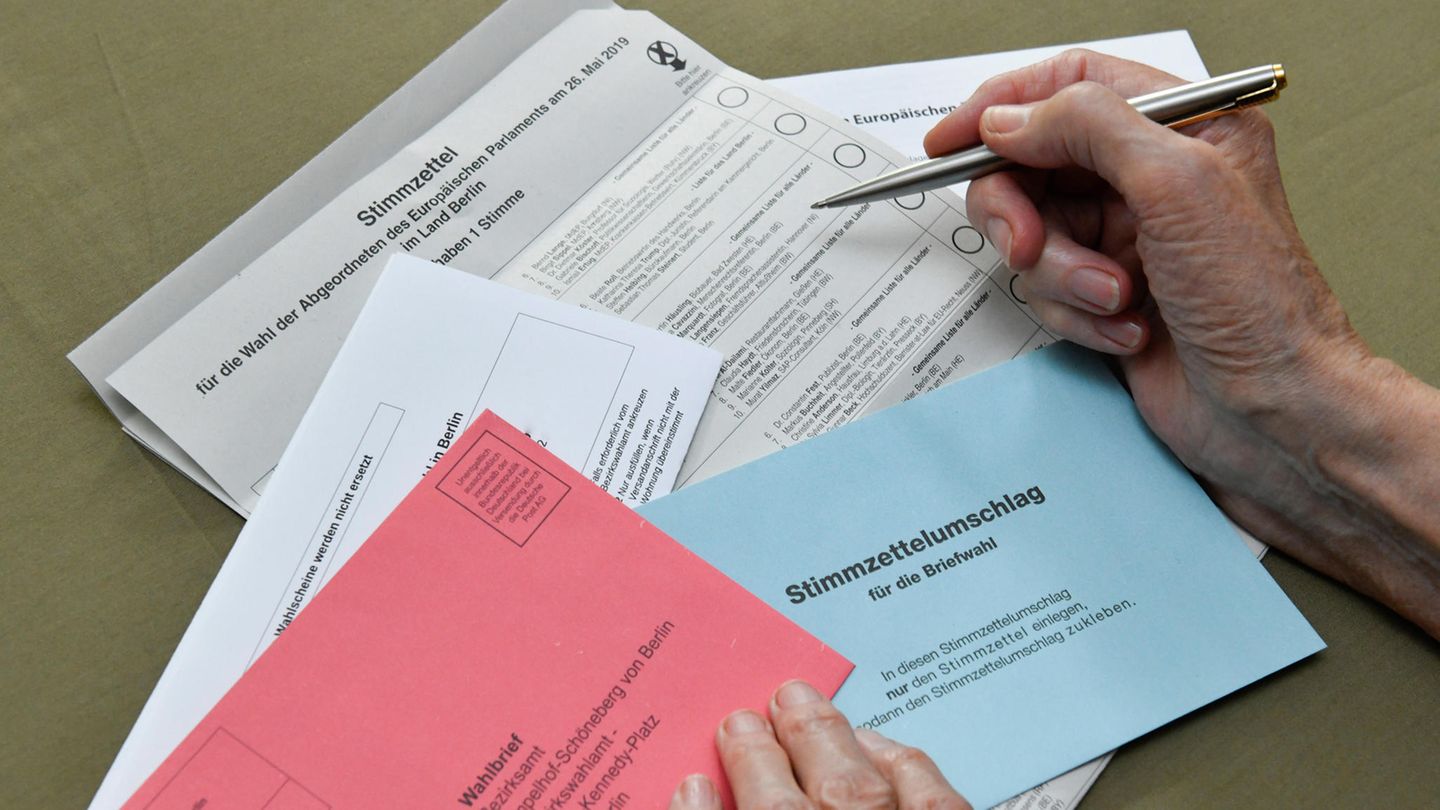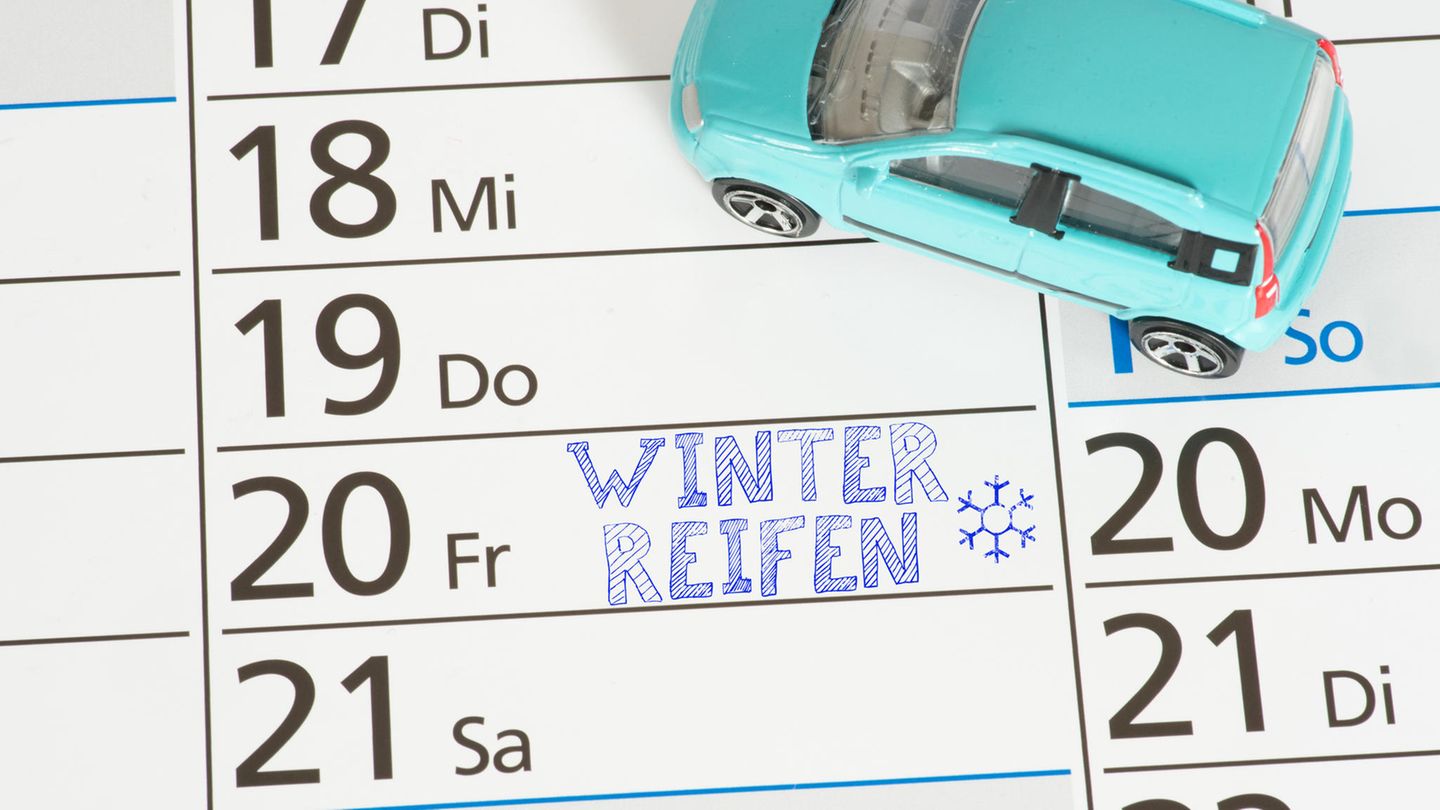On September 26th, the new Bundestag and with it a new Federal Chancellor will be elected. If you want to cast your vote now, you can do so from today, Monday, using the postal vote. This overview answers the most important questions about voting by post.
Since 1957, the proportion of postal voters has increased from just under five to almost 29 percent in the last federal election. In addition, it is likely that this year, due to the corona pandemic, significantly more people will send their crosses in the mail.
By August 15, that is, by Sunday, the lists had to be drawn up who was entitled to vote. So it could – theoretically – start this Monday with the mailing of the postal voting documents. In practice it works like this:
Who can vote by postal vote?
Basically all eligible voters, “without any particular reason,” explains the Federal Returning Officer. In 2013, the Federal Constitutional Court confirmed this general approval of postal voting as constitutional: The authorization of postal voting serves the goal of achieving the widest possible voter turnout and thus taking into account the principle of the generality of the election.
How do I get the documents?
Definitely not by applying for it to the Federal Returning Officer – it is highlighted in color on his website. You can obtain the documents from the municipal authority of your main residence. A form for applying for the ballot, which is required, is enclosed with the voting notification. This should reach the electorate by the beginning of September. However, you don’t have to wait for it. Rather, the Federal Returning Officer advises to apply for a ballot “as early as possible”. In principle, the deadline for this is Friday (6 p.m.) before the election date.
What do you have to consider when filling out?
Ballot paper, ballot paper, ballot envelope in blue, ballot envelope in red plus information sheet – all of this goes down well with you. The information sheet explains how postal voting works. Here’s how: Tick the first and second votes personally and unobserved on the voting slip. Folds. Put it in the blue envelope and seal it. Date the affirmation on an oath instead of on the ballot paper and – very importantly – sign it. Put the blue envelope plus voting slip in the red envelope, seal it and throw it in the mailbox with no postage. Or you can bring it to the place indicated on the envelope.
Can you be sure that the voice will also arrive?
Yes. The red color of the envelopes makes them noticeable and easy to recognize. It was agreed with Deutsche Post that even election letters that were thrown in the mailbox the day before the election would be delivered on election Sunday, according to the Federal Returning Officer. If it didn’t work in time to throw it in, you can hand in the red envelope on election day at the place indicated on this – or have it handed in.
Are more absentee ballots than ballot box votes invalid?
No. In the last general election, 0.9 percent of the first votes cast by letter were invalid – compared to 1.4 percent of those cast on election day. Of the second votes, it was only 0.5 percent (letter) compared to 1.2 (urn).
David William is a talented author who has made a name for himself in the world of writing. He is a professional author who writes on a wide range of topics, from general interest to opinion news. David is currently working as a writer at 24 hours worlds where he brings his unique perspective and in-depth research to his articles, making them both informative and engaging.




